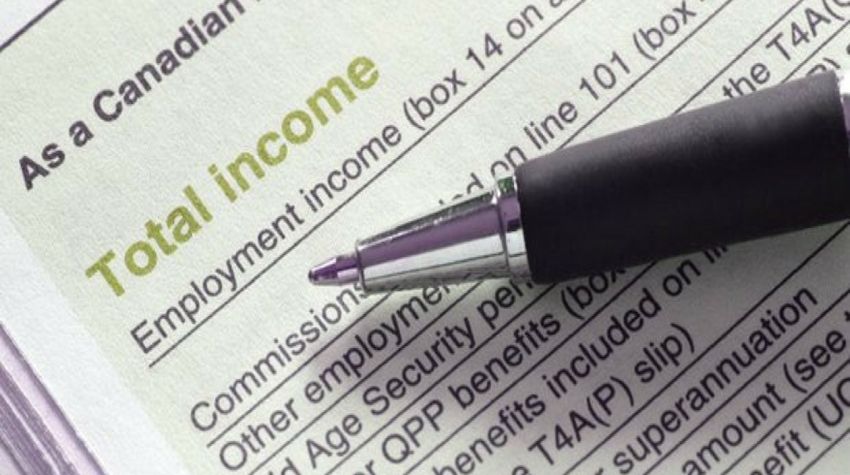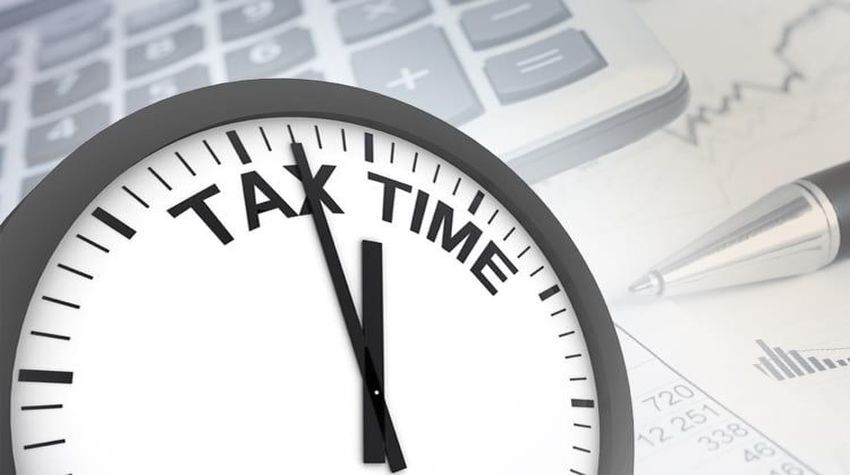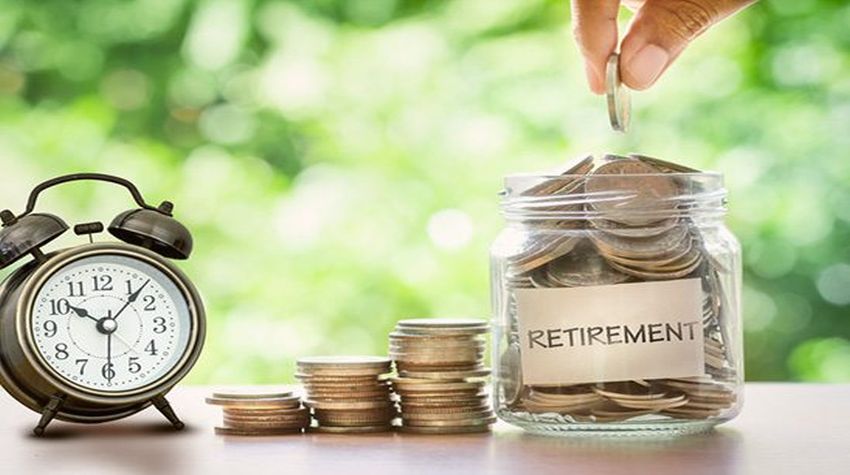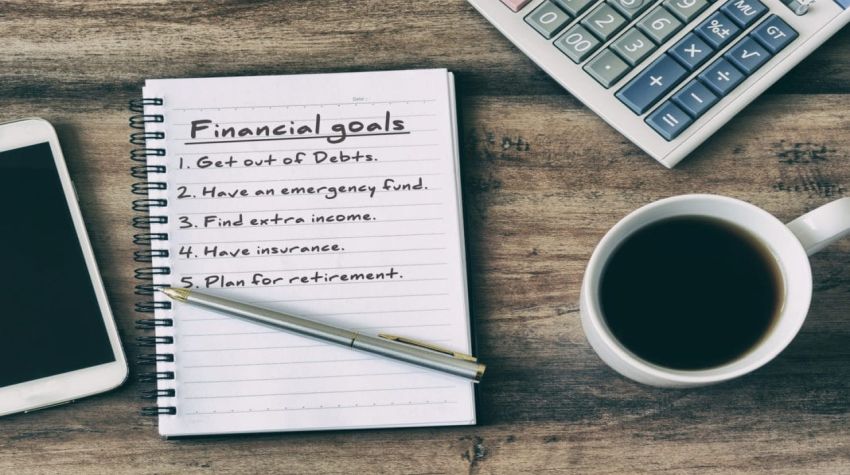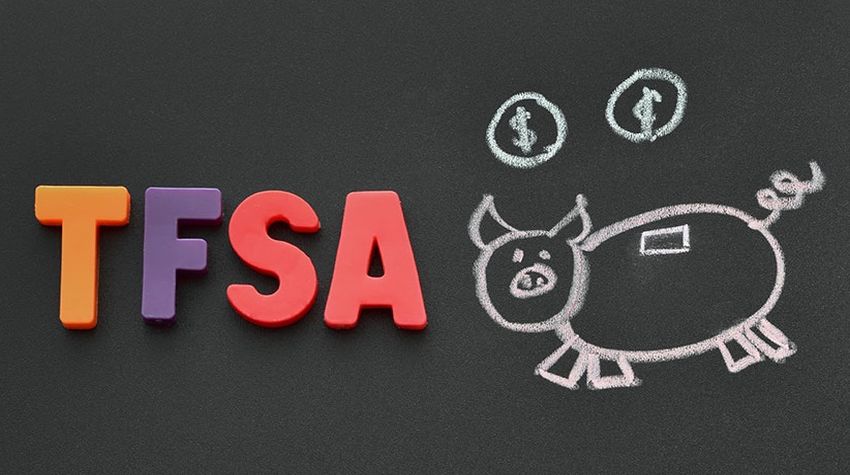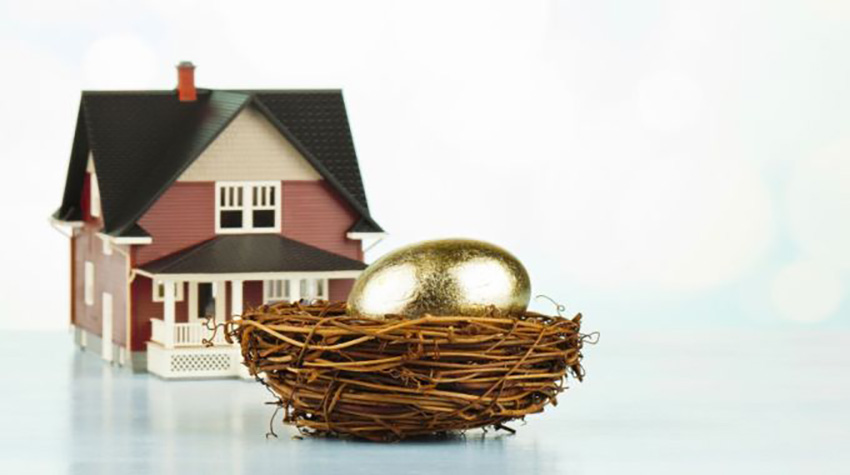As house prices continue to rise, many Canadians find it more challenging to save for a mortgage down payment. As reported in the 2022 federal budget, the Canadian government has proposed initiatives to make homeownership more affordable. One way the government aims to tackle the housing crisis is through the First Home Savings Account (FHSA).
The FHSA has many similarities to two existing registered accounts, the tax-free savings account (TFSA) and the registered retirement savings plan (RRSP). Here is updated information about the First Home Savings Account (FHSA) and what you should know about it.
What is the First Home Savings Account (FHSA)?
The first home savings account is a tax-free savings account for the sole purpose of buying a home. The FHSA is expected to become operational in 2023 and is targeted at Canadian residents who plan to purchase their first home. There are conditions on who can use it and how.
When you contribute to your FHSA, you can invest your money in allowable investment assets like stocks, bonds, mutual funds, exchange-traded funds (ETF’s), and guaranteed investment certificates (GIC’s). You can get these through online brokers. The CRA would not tax investment income from your FHSA when you make withdrawals. It is a tax-free account.
Suppose you contribute $5,000 to your FHSA and invest in stocks. If the value of your stocks increases to $10,000, you will make a capital gain of $5,000. This extra income is not subject to tax. The income is safe from the CRA. In addition to having a tax-free savings account, if you contribute to the FHSA, you can claim tax deductions when you file your income tax return, thereby reducing your taxes.
What is the FHSA contribution limit?
Through the FHSA, you can save $8,000 annually beginning in 2023. Why only $8,000? The FHSA comes with an annual limit of $8,000 and a lifetime limit of $40,000.
There is a significant difference in how the tax-free savings account (TFSA) works. Your unused contribution room accumulates and can be carried forward. This is not the case for the first home savings account (FHSA). You cannot carry your FHSA unused contribution room forward to future years.
For example, if you contribute only $6,000 to your FHSA in 2023, by 2024, you will forfeit the $2,000 unused contribution room and only have the $8,000 annual contribution room for 2024. Typically, if you contribute your annual contribution limit of $8,000 every year starting from the year you are eligible to open and contribute to an FHSA, you will reach your lifetime limit of $40,000 within five years.
Who can open a FHSA?
If you are planning to buy your first home, you may be able to use the first home savings account. However, you need to check that you are eligible to open and use the FHSA for your home buying goal. There are eligibility requirements.
First, you must be a resident of Canada between the ages of 18 and 40 years old. Also, you must not have resided in a home you own at any time in the year you open your FHSA or during the past four calendar years. Essentially, the Canadian government wants the proposed FHSA to benefit only first-time primary homeowners.
Can you open more than one FHSA?
Yes, you can open more than one first home savings account, but you cannot exceed the annual and lifetime contribution limits across all your accounts.
Withdrawing from the First Home Savings Account (FHSA).
If you withdraw money from your FHSA to purchase your first home, you will not pay taxes on your withdrawals. However, if you use money from your FHSA for other purposes other than a first-home purchase, the CRA will recognize your withdrawal amount as income and tax it.
The lifespan of the FHSA is limited. The first home savings account can only be open for 15 years. If you open and contribute to your FHSA but do not use it to purchase a qualifying first home after 15 years from when you opened it, you will need to close your account.
You have three withdrawal options for the money in your FHSA.
You can withdraw a lump sum amount from your first home savings account and pay taxes on the withdrawal. Another option to avoid any immediate taxation. To do this, you convert your FHSA to a registered retirement savings plan (RRSP) before the end of the year you turn 71. Alternatively, you can transfer the funds in your FHSA through your FHSA provider to a registered retirement income fund (RRIF). It is important to note that the RRIF is intended to provide periodic income in retirement. If you convert your FHSA to a RRIF, you will need to start withdrawing the minimum amount in the following year.
Direct transfers from your FHSA to your RRSP or RRIF are qualifying transfers. The transfer is not taxable when you initiate this transfer. However, withdrawals from your RRSP and income received from your RRIF are subject to tax at your marginal tax rate.
Contribution Room Consequences
Also, when you make transfers from your FHSA to an RRSP, this transfer does not reduce your RRSP contribution room! Even if you do not have available RRSP contribution room, you can still do a qualifying direct transfer from your FHSA to your RRSP. It is a very strategic move.
However, when you withdraw from your first home savings account or make a transfer to your RRSP or RRIF, this does not increase your FHSA contribution limits. For example, if you contribute up to the $8,000 annual limit to your FHSA in 2023 but decide to transfer $5,000 to your RRSP, this does not free up additional room for you to contribute to your FHSA in 2023. You would need to wait until 2024 for your total annual contribution limit of $8,000. Likewise, you can transfer money from your RRSP to your FHSA without paying taxes if you have available FHSA contribution room, but your transfer would not restore your RRSP contribution room.
The FHSA vs The Home Buyer’s Plan (HBP)
The FHSA is different from the home buyer’s plan. With the home buyer’s plan, you can borrow up to $35,000 from your RRSP tax-free to buy your first home. When you withdraw from the RRSP through the home buyer’s plan, you need to pay back the amount you borrow within 15 years. Whereas when you withdraw from the FHSA, you do not have to repay the withdrawn amount.
Does the First Home Savings Account replace the Home Buyer’s Plan (HBP)?
No, the FHSA does not replace the home buyer’s plan. The HBP will still be available to Canadians looking to purchase their first home. However, you cannot withdraw from the first home savings account and the home buyer’s plan at the same time to buy the same home. You have to use one at a time when you qualify for a first-home purchase.
Conclusion
The first home savings account is good for Canadians looking to purchase their first home. You can use the FHSA to save up for your down payment. With the FHSA, you get tax benefits available to the TFSA and the RRSP in one account. You can claim tax deductions for your contributions, and your withdrawals for a home purchase are tax-free. The FHSA does not replace the existing home buyer’s plan (HBP). Instead, it provides another tax-advantaged home-savings opportunity for Canadians.



